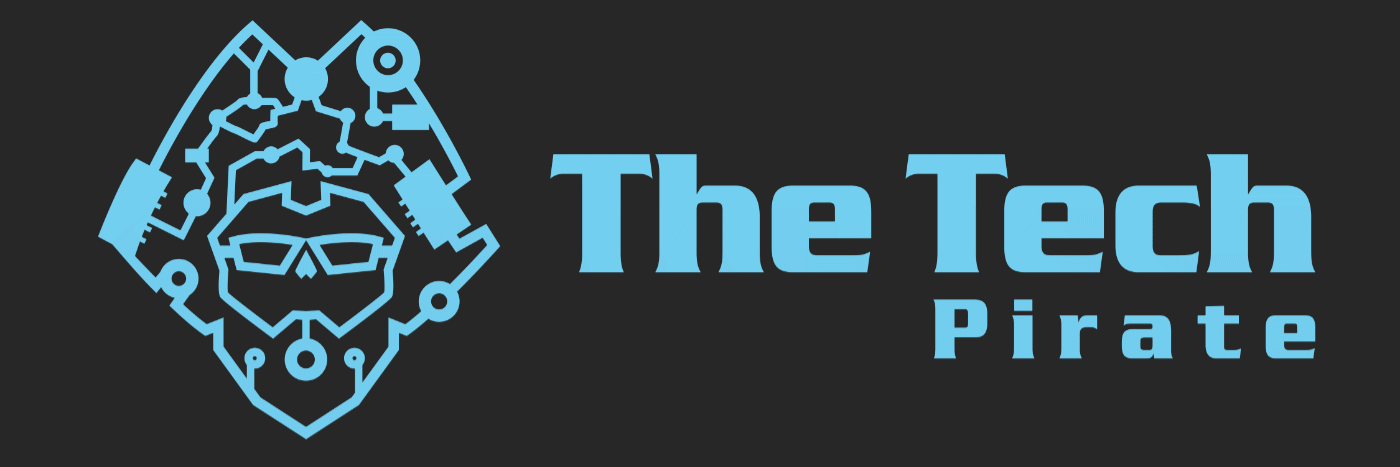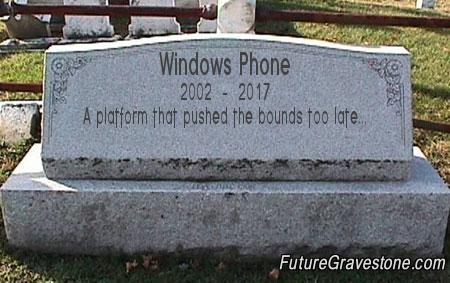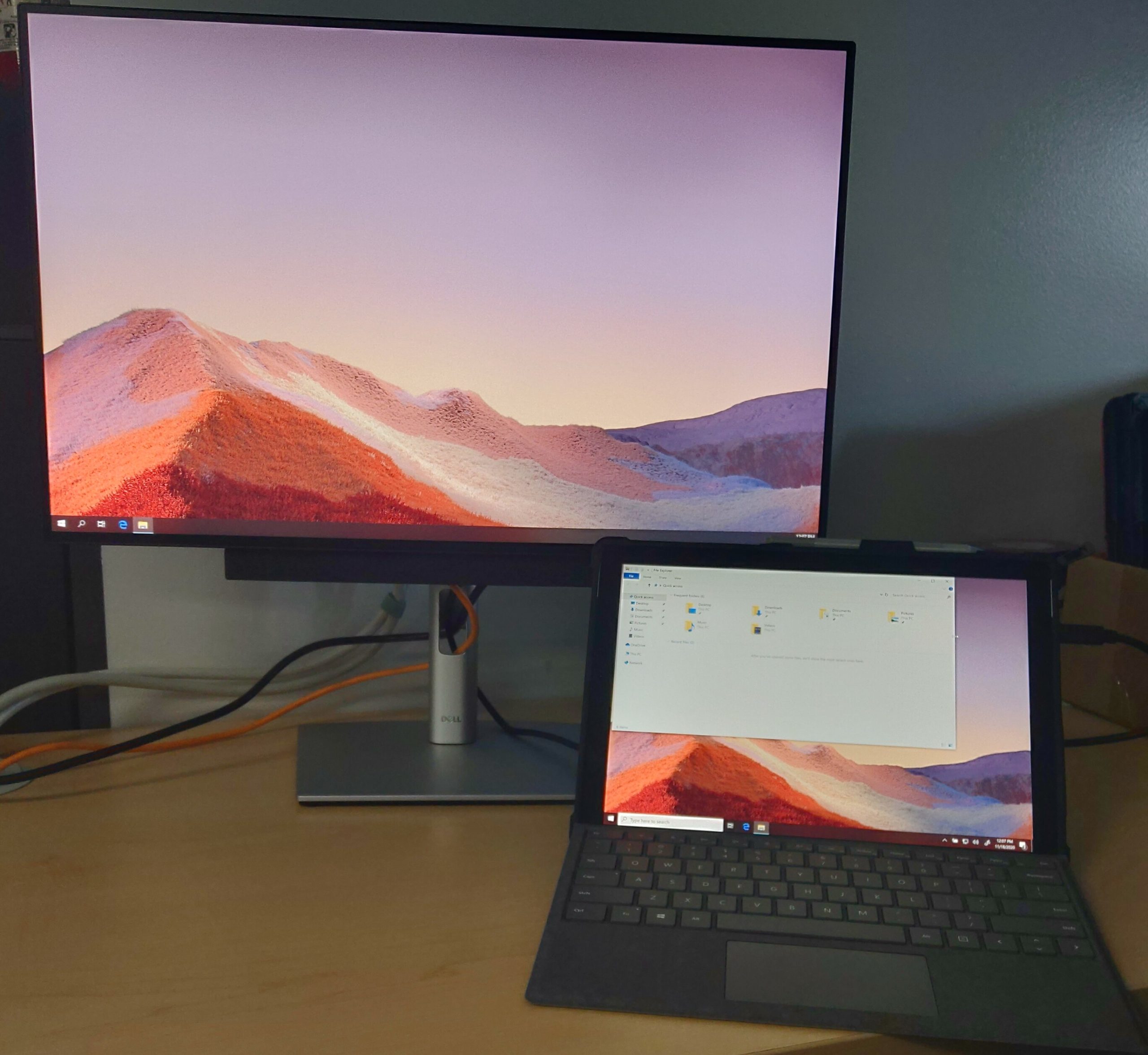So the day has come, Microsoft has stopped future development on the Windows Phone platform.
Of course we’ll continue to support the platform.. bug fixes, security updates, etc. But building new features/hw aren’t the focus. 😟 https://t.co/0CH9TZdIFu
— Joe Belfiore (@joebelfiore) October 8, 2017
The writing has honestly been on the wall for a while. With limited app development, and a very rocky start, the platform hasn’t been the performer Microsoft hoped it would be.
I remember owning the HTC HD2 that ran Windows Mobile 6.5. The touch only interface was cumbersome, and 90% of the apps were designed with the keyboard in mind. I then had a Samsung Focus which ran Windows Mobile 7, and later upgraded to Windows Mobile 7.5. I was really upset to find out that there wouldn’t be an upgrade path to the new Windows 8 Phone OS. Many users that had jumped aboard the Windows wagon felt this way too. After some time I wound up with a Nokia 1520 to try jumping back into the Windows Phone pool. After an unfortunate incident with a cheap external battery pack (it about caught fire, after destroying the phone) and then a cheap $30 Windows phone (some low end Lumia) that was only fit to be a doorstop, or paperweight, I finally landed on the Lumia 640 XL. As an aside, the Lumia 1520 was my favorite phone, the camera performance, and overall style put it so far above the 640 it’s ridiculous. I used it as my main for about a year, before realizing I couldn’t deal with the lack of applications. So many simple things were missing. I actually started teaching myself to code, just so I could eventually help this problem. After realizing the writing was on the wall though, I refocused to other things.
I’ll miss Windows Phones, not in their current form, but the promise of what they could have been. It would have been great to play more with the Continuum features. Especially with the prior promise of future x86 emulation on ARM chips. I still think that one day it will be commonplace to use your phone as your desktop, laptop and every device for the average consumer. There will always be specialty devices with more power for gamers, content creators, and business applications; but average users could leverage the power of their cellphones and still have power to spare. Devices like the lapdock are steps in the right direction, but to hit a broader audience a better desktop OS experience is needed than skinned Android. Continuum was the start of that trend, it was the future, and it’s sad to see that promise, that hope disappear. Let’s hope they take a break, figure out the right formula, and re-enter the market with something that actually brings the best of phones, and PCs to your pocket. Cheers!


